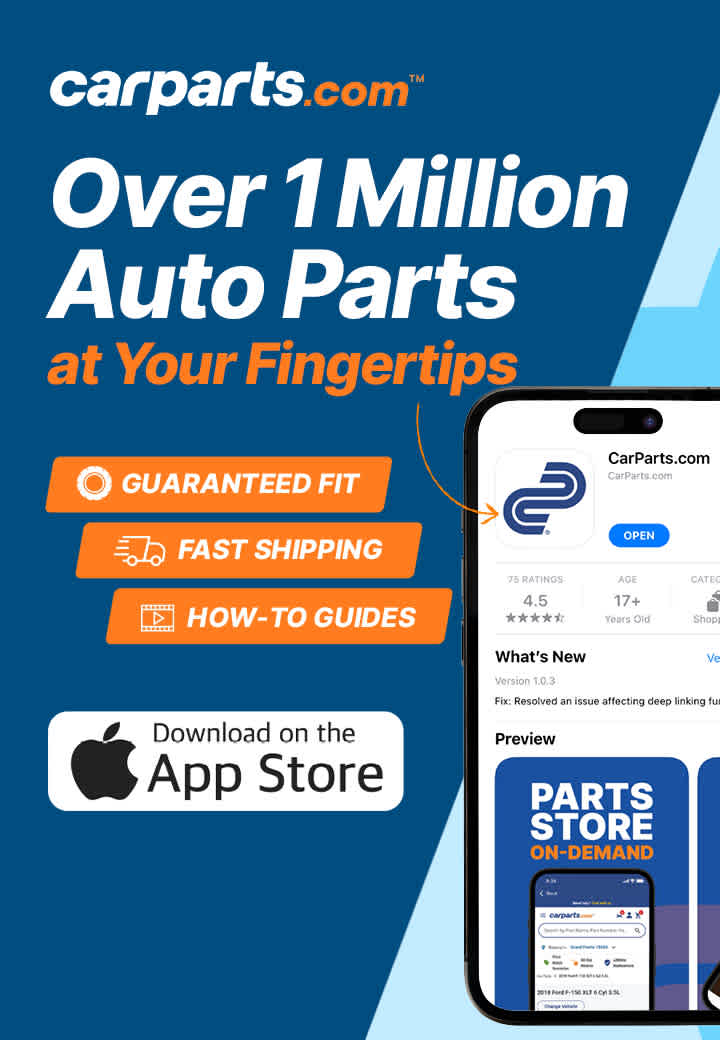Selling your old vehicle is an excellent way to make a little money back. Whether it’s to fund a new purchase or for an emergency, the selling process can be a little daunting. There’s a lot to keep track of and prepare for, especially if this is your first time selling something as valuable as a vehicle. That’s why we’ve compiled some of our best car selling advice.
Study the Secondhand Automotive Market
First and foremost, the last thing you want is to be shortchanged. Before putting up listings or advertising online, find out what your vehicle is worth in the secondhand automotive market. There are online tools that aggregate translation prices to give you an accurate and fair estimate for how much your vehicle should sell for. Both your vehicle’s options, mileage, and condition should be considered. Your location might affect prices as well.
Try a few trusted online tools that’ll give you the values for trade-in and private-party sales based on your vehicle’s condition. Trade-in value is the price a dealer will give you for your vehicle, while private-party price will show how much you can earn if you sell the vehicle yourself to a private party. You can also do additional research for similar vehicles in your area by going through online marketplaces.
Generally, private-party prices will be higher than trade-in prices. It’s more of a hassle to sell your vehicle privately than it is to trade it in.
Choose the Right Buyer
You might be wondering whether you should sell to a dealership, a private buyer or an online retailer. Here’s what you need to know about these potential buyers:
Dealerships
Dealerships are the conventional convenient option. They handle title transfers, registration, and same-day payments. That’s a whole load of paperwork and extra stress you won’t need to deal with. That being said, they tend to lowball offers because they need to later sell the vehicle for a profit.
Selling to a dealership can be especially worth it if you’re looking to also buy a vehicle from the dealership. Trading in your old vehicle will reduce your new vehicle’s total price and lower the sales tax. By how much depends on the state.
Private Buyers
Next you have private buyers, either local or online. You’re likely to make the most money back if you sell to a private buyer, but this option is also the most stressful. You’ll need to handle the negotiations, in-person meetings, and paperwork yourself. This isn’t even touching on the assholes you might meet in the process.
Online Secondhand Vehicle Retailers
Finally, online-only used vehicle retailers are the newest option and an interesting middle ground. These companies handle the whole process from pickup to same-day payment for you. They generally offer more than dealerships but less than private buyers. These companies are pickier though. They’ll only take certain types of vehicles, so double-check their terms and conditions before reaching out.

Gather Your Vehicle’s Paperwork
Next, you’ll need to get all your vehicle’s paperwork in order. This paperwork is what proves that the vehicle belongs to you and that you have the right to sell it. It’s illegal to sell your vehicle without its title, so don’t get ahead of yourself at this step. The title is the only required piece of paperwork you need, but here’s a full list of paperwork good to have on hand:
- The vehicle’s title, an essential proof of ownership
- Maintenance and repair records to show the vehicle’s been well cared for
- A vehicle history report, which can show the vehicle’s past accidents and number of previous owners
In case you’ve had a lien on your vehicle for a loan, remember to also get a letter from the bank that clearly states that the loan’s been paid off. You can’t sell the vehicle to a private party while still owing money on it. If you still owe money on the vehicle though, a dealer might be able to handle the payoff if it’s less than what the vehicle is worth.
Clean Up Your Vehicle for Photos
Give your vehicle a good clean both inside and out before you start listing it. Appearances matter, especially when trying to sell. Consider detailing the vehicle’s exteriors with some polish and wax, and make sure the interiors are sanitized and tidy. If anyone’s smoked in the vehicle, consider paying a professional to get rid of the nicotine smell.
If you’re listing the vehicle online, the right photos will also make a big difference. Use a decent camera in good lighting. Avoid posting grainy, blurry photos. Take photos of all exterior angles and the interior’s condition. Include photos of items you’re throwing in with the sale like extra wheels, tires, or accessories.
As important as it is to make the vehicle look good, don’t oversell it either. Take photos of any blemishes or rust and the vehicle’s current odometer reading to set expectations.
Price and List Your Vehicle
Using the info you found during your research period, figure out what your asking price will be when you sell your automobile. If you list your vehicle for lower than market price, you’ll understandably sell your car quickly.
Expect a bit of bargaining and leave some wiggle room for negotiation. Set a price a little above the minimum offer you’d accept. Who knows? Someone might just bite for more than you expected. You can always lower the price if you find that no one’s inquiring.
Pick a place to list your vehicle as well. There are a few online marketplaces you can try. If you’ve built up a positive reputation from previous deals on one site, people might be more inclined to trust you on that site.
When making the listing, be concise but try to cover all the bases. Note down when the vehicle was last serviced, how often you changed the oil and the type of oil used, and any recent maintenance or upgrades performed.
And there you have it! That’s how to easily sell a car. It’s a lot of prep work, especially if you’re selling to a private buyer. But with this list, we hope you’re more prepared.
Any information provided on this Website is for informational purposes only and is not intended to replace consultation with a professional mechanic. The accuracy and timeliness of the information may change from the time of publication.



















